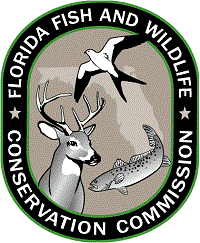Florida Stone Crab Season Opens Oct. 15 in State and Federal Waters

Florida’s recreational and commercial stone crab claw harvest season opens Oct. 15 in state and federal waters. To ensure this valuable resource is available for generations to come, take care when removing crab claws and follow all protective regulations for stone crab harvest.
To be harvested, stone crab claws must be at least 2¾ inches in length when measured from the elbow to the tip of the lower immovable portion of the claw (see illustration). View a video on how to properly remove the claw in order to increase the likelihood of survival of the crab once released.
Claws may not be taken from egg-bearing stone crabs. Egg-bearing females are identifiable by the orange or brown egg mass, also known as a “sponge,” which is visible on the underside of the crab when it is picked up or turned over.
Recreational harvesters can use up to five stone crab traps per person. Stone crabs may not be harvested with any device that can puncture, crush or injure the crab body. Examples of devices that can cause this kind of damage include spears and hooks. Recreational and commercial traps may be baited and placed in the water 10 days prior to the opening of the season but may not be pulled from the water for harvest purposes until Oct. 15.
Harvesters are encouraged to take only one claw, even if both claws are of legal size, so that the released crab will be better able to defend itself from predators. A crab that is returned to the water with one claw intact will also be able to obtain more food in a shorter amount of time and therefore regrow its other claw faster. There is a recreational daily bag limit of one gallon of claws per person or two gallons per vessel, whichever is less.
The season will be open through May 15, 2014, closing May 16.
Stone crab regulations are the same in state and federal waters.
For more information on harvesting stone crabs for recreation, as well as commercial stone crab regulations and licensing information, go online to MyFWC.com/Fishing (click on “Saltwater”).

